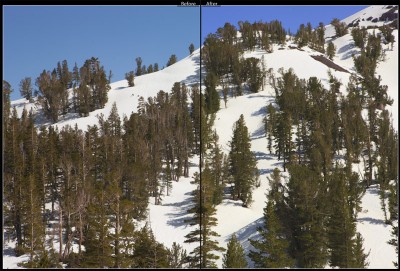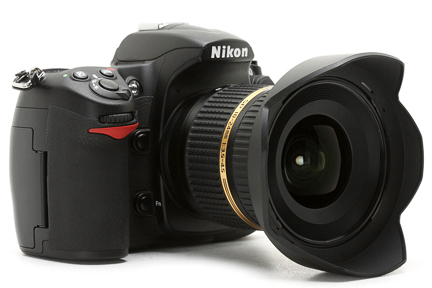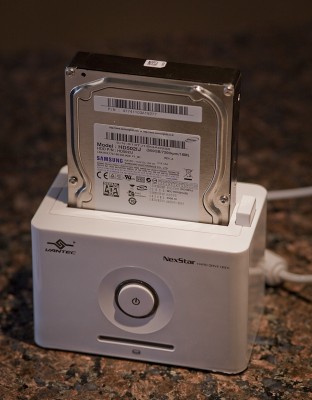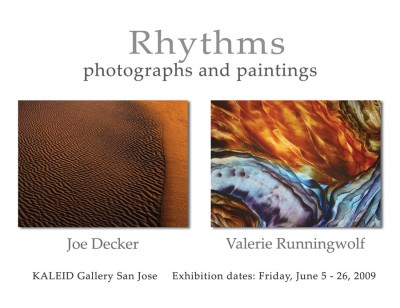An Introduction to the North Coast Redwoods, Part I
The coast redwoods (Sequoia sempervirens) of California’s north coast include the tallest trees on Earth, with several examples of individual trees over 370 feet tall and provide amazing photographic and sometimes challenging photographic opportunities. This weekend I’ll be travelling to the California’s north coast (roughly betwen the towns of Trinidad, California and Crescent City, California) to visit the constellation of four parks (Redwood National Park, Prarie Creek Redwoods State Park, Del Norte State Park, and Jedediah Smith State Park) that to my mind represent some of the finest redwoods photography opportunities available. In this article, I hope to give you a taste of those incredible areas and add a few words about the opportunities and challenges they present.
Starting from the south, Redwood National Park is the most natural place to begin our virtual tour, the National Park Service maintains a visitor center there (actually just south of Orick, CA) and in Crescent City which can provide excellent information and maps of both this park and the three state parks as well. A trip along the Newton B. Drury Scenic Parkway (which runs through Redwood NP and Prairie Creek SP) makes an excellent first introduction to the redwood environment, as the road wanders through enormous columns of tree creating a vast virtual room, carpeted with fern and trillium. The strangely-named Cal-Barrel Road (a quick turn off the parkway) offers an excellent introductory location to start your explorations. (more…)





